Flow Down
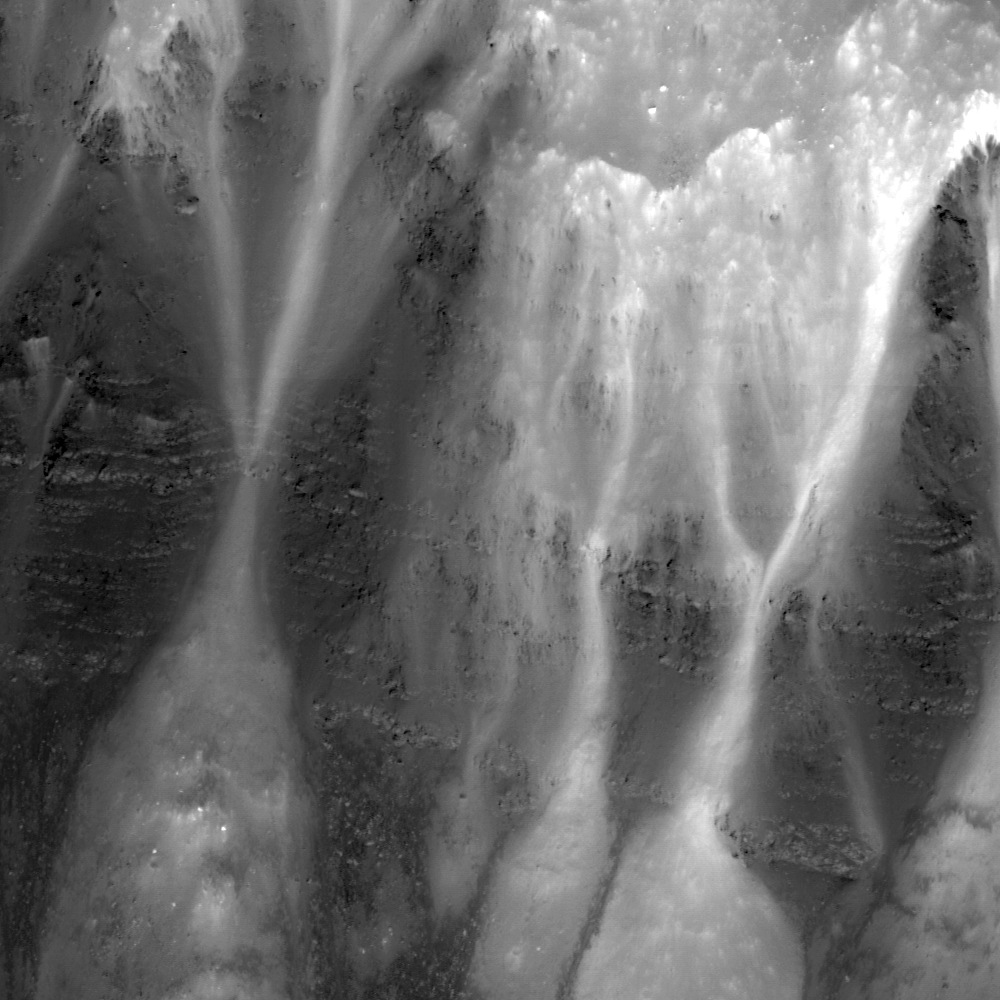
Monday, March 17, 2014: The Lunar Reconnaissance Orbiter used its camera to obtain this view of the eastern wall of Dionysius crater on the moon. The lighter-colored areas in the photo represent debris, or talus, flowing down the slopes of the crater wall. The dark areas consist of the lunar mare, dark basaltic material created in volcanic eruptions. The mare shows a banded or striated appearance, which may have resulted from a series of lava flows in the area. Dionysius crater lies on the western edge of Mare Tranquillitatis (the Sea of Tranquility) on the moon. Image released March 13, 2014.
— Tom Chao
Got Milk?

Tuesday, March 18, 2014: The Milky Way galaxy appears to arc through the clear night sky in this panoramic image taken at the European Southern Observatory’s Paranal Observatory in Chile. Those living in crowded, light-polluted cities rarely get the chance to enjoy such a sight. The Ancient Greeks thought that our home galaxy, as it appeared in the sky, resulted from the work of the gods. Their legends told that this cloudy streak represented the breast milk of Hera, wife of Zeus. The Ancient Greeks also created the name “Milky Way.” The Hellenistic phrase Γαλαξίας κύκλος, pronounced galaxias kyklos, means “milky circle”, providing the root for the modern name. ESO Photo Ambassador Gabriel Brammer took this image. At the right side, an unidentified astronomer visiting Paranal stands and admires the view with a bit of a blurry head.
— Tom Chao
See the World Spinning ’Round
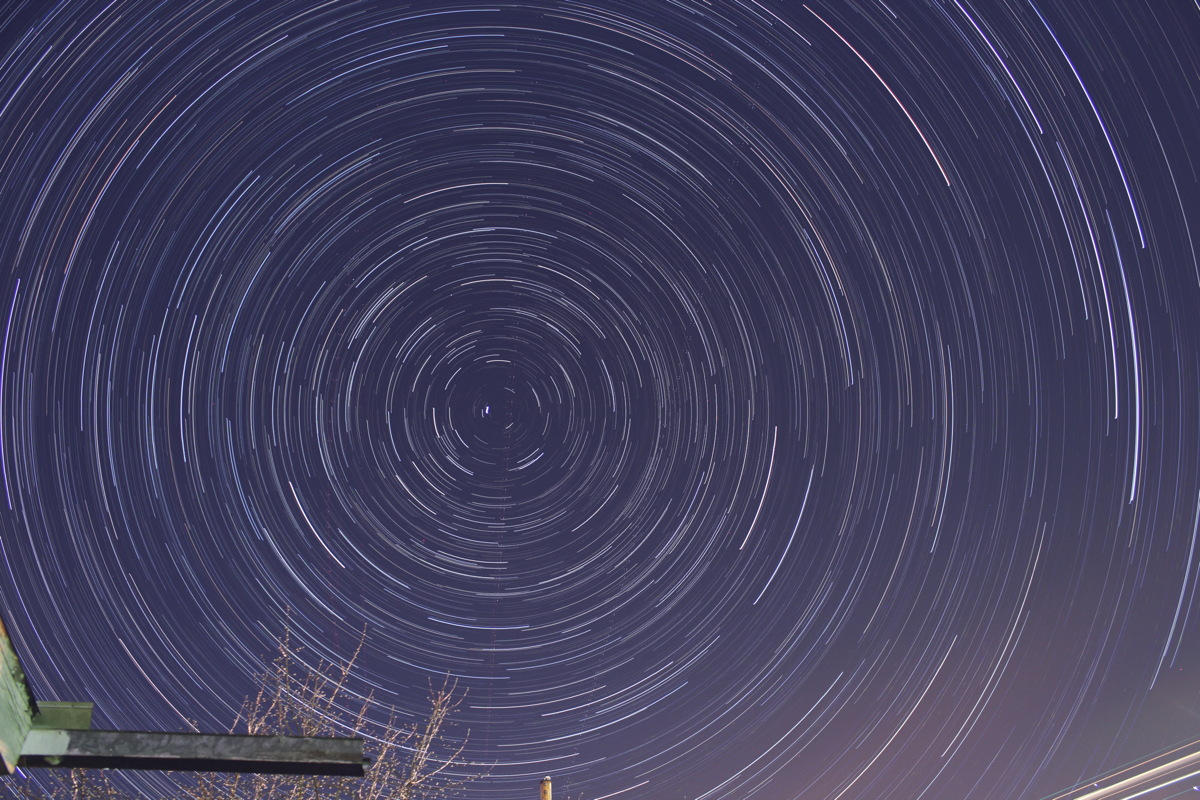
Wednesday, March 19, 2014: Astrophotographer Tim Crippin sent in an image of star trails over Medford, Oregon. He writes in an e-mail message to Space.com that he "took about 200 shots to create this image using a Canon T3i and a 18mm lens at f/4.5 … camera settings were ISO 400, 30 second exposures." Image submitted March 12, 2014. [See more reader photos.]
— Tom Chao
I Want to Be a Part of It

Thursday, March 20, 2014: Astronaut Koichi Wakata tweeted this photo of New York City from aboard the International Space Station on March 18, 2014. He wrote: “Flew over New York City earlier today. Nice view! pic.twitter.com/RMvAjWSABI” North lies roughly to the top right of the photo. The Hudson River flows down from upper right, passing by the borough of the Bronx, then the west side of Manhattan Island at center, where the river empties into New York Harbor, and further into the Atlantic Ocean, bottom left. Long Island, including the boroughs of Brooklyn and Queens, stretches from lower right to the center. Water outlines the borough of Staten Island at center left. New Jersey sits above and to the left. If you look at the photo closely enough, you may see the headquarters of Space.com.
— Tom Chao
Are You Big Enough?
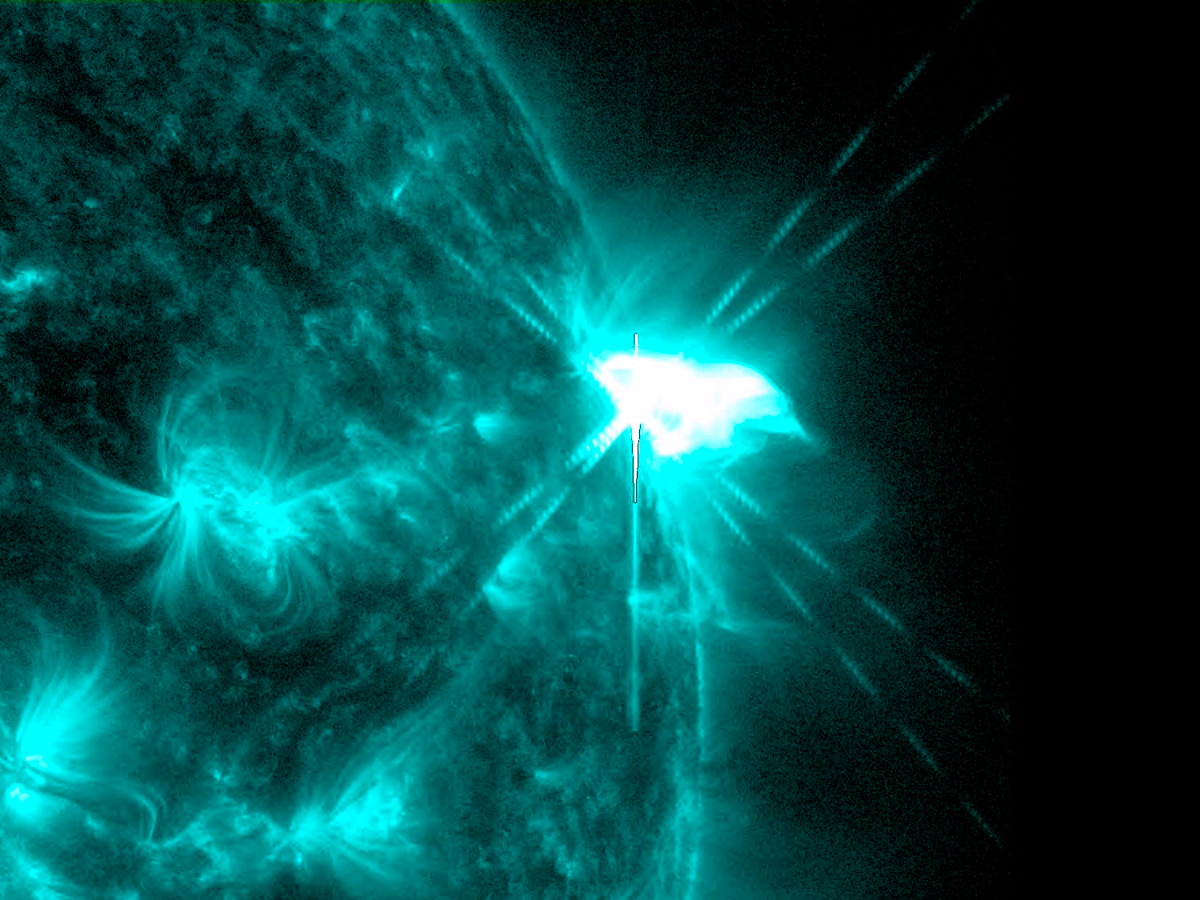
Friday, March 21, 2014: This still from a video taken by the Solar Dynamics Observatory on March 12-13, 2014 shows the sun unleashing a M-9.3 flare from an active region right at the Sun's edge. The flare fell just short of gaining X class status (the largest). The bright flash provides the tell-tale sign of a flare. The flare’s brightness causes intense saturation and blooming above and below the flare region on the CCD detector. The brightness also caused extended diffraction patterns to spread out across the SDO imager. The still shows the peak of the flare at 22:38 UT on March 12, 2014. SDO took the video images in extreme ultraviolet light, showing ionized iron at 10 million degrees.
— Tom Chao
In a Land Down Under
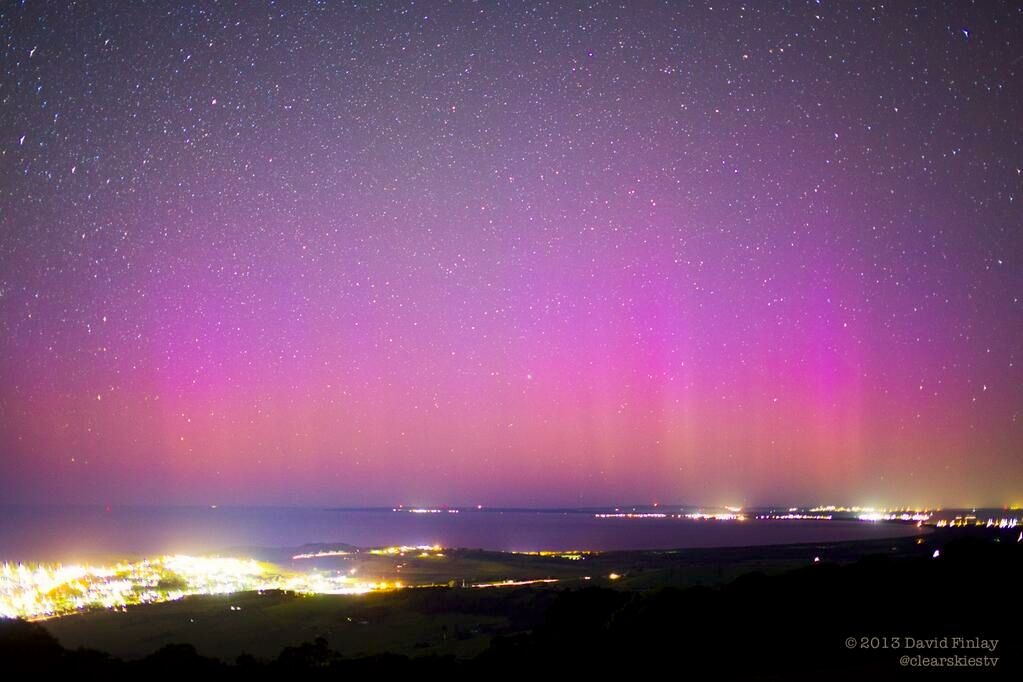
Monday, March 24, 2014: Astrophotographer David Finlay sent in an image of the Aurora Australis. He obtained the image on Feb. 20, 2014, at Saddleback Mountain, Kiama, NSW, Australia, which is a 1-1/2 hour drive south of Sydney. He writes in a press release for his proposed TV series, “Clear Skies”: “Nobody associates observing aurora from a location near Sydney, Australia. People think I'm lying when I tell them I've seen aurora from 34 degrees south nine times over the last 12 years, and last month was my 9th time. If you're vigilant, and know when and where to observe, it's not just possible to observe aurora from extreme latitudes, it's easy and exciting! … photographer Rudi Vavra [and I] have decided to create a series of independently-produced documentaries of our astro-adventures. We capture eclipses, comets, transits, meteor showers, and aurora on video (including time lapse) … “
— Tom Chao
I Can See All Around
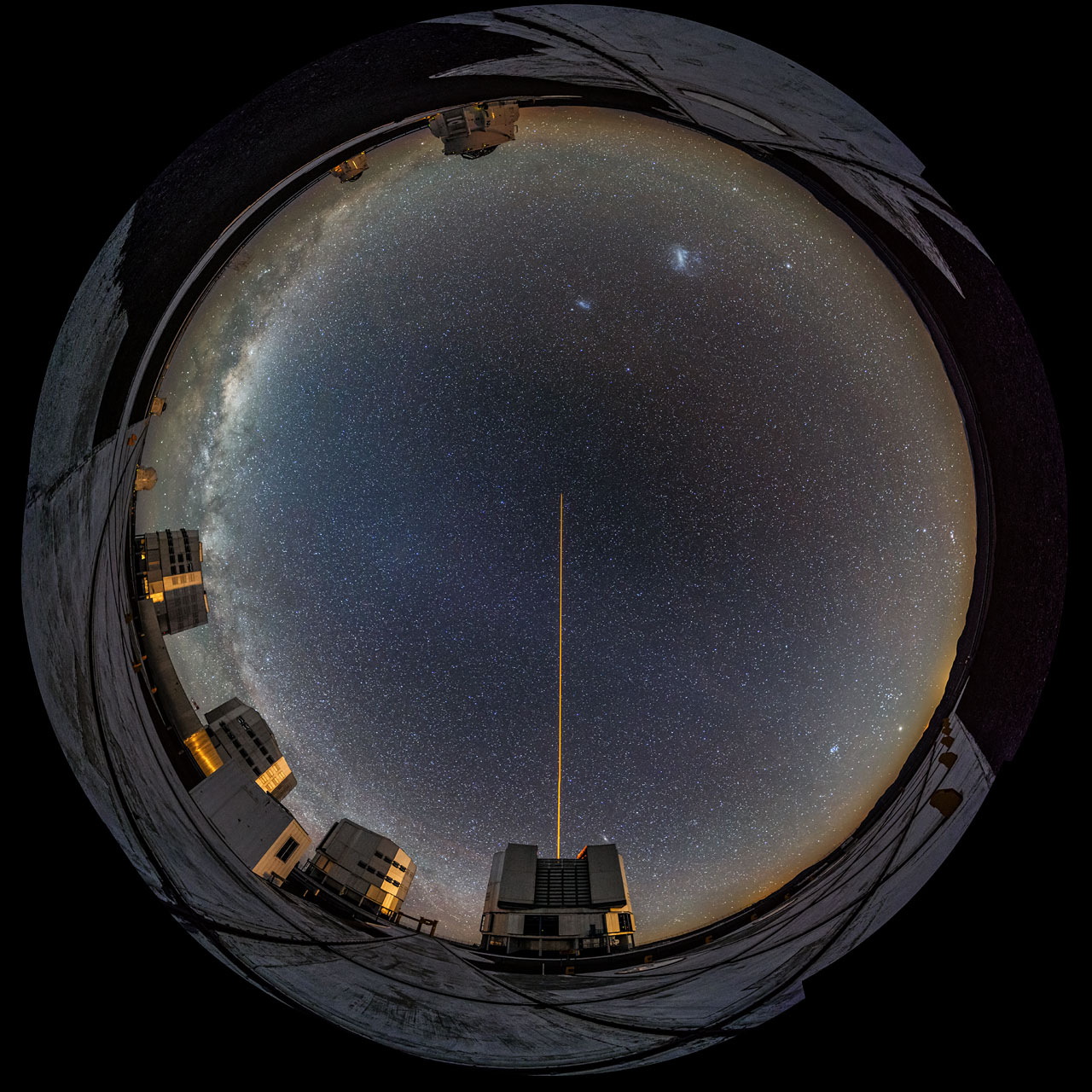
Tuesday, March 25, 2014: The night sky over Cerro Paranal in the Atacama Desert of Chile has an unusual distorted appearance in this image. European Southern Observatory (ESO) photo ambassador Gabriel Brammer used a fish-eye lens to create this spectacular circular effect. The 360-degree view shows the Very Large Telescope (VLT) platform, with the four VLT Unit Telescopes (bottom left), each about 25 meters tall, observing the night sky, one of them pointing a laser up into the night. The laser provides an artificial guide star for calibration purposes. The Large and Small Magellanic Clouds, two of the closest galaxies to our own, appear as blurry smudges just above the laser beam. The photographer created the image from a number of different wide-angle pictures, stitched together.
— Tom Chao
Get the Space.com Newsletter
Breaking space news, the latest updates on rocket launches, skywatching events and more!
Golden Sky

Wednesday, March 26, 2014: Sunrise glimmered behind the Soyuz launch pad shortly before the Soyuz TMA-12M spacecraft rolled out on a train to the launch pad at the Baikonur Cosmodrome, Kazakhstan, on March, 23, 2014. Launch of the Soyuz rocket took place on March 26. The spacecraft carried Expedition 39 Soyuz Commander Alexander Skvortsov of the Russian Federal Space Agency, Roscosmos, Flight Engineer Steven Swanson of NASA, and Flight Engineer Oleg Artemyev of Roscosmos to International Space Station, beginning their six-month mission.
— Tom Chao
Fly Me to the Moon
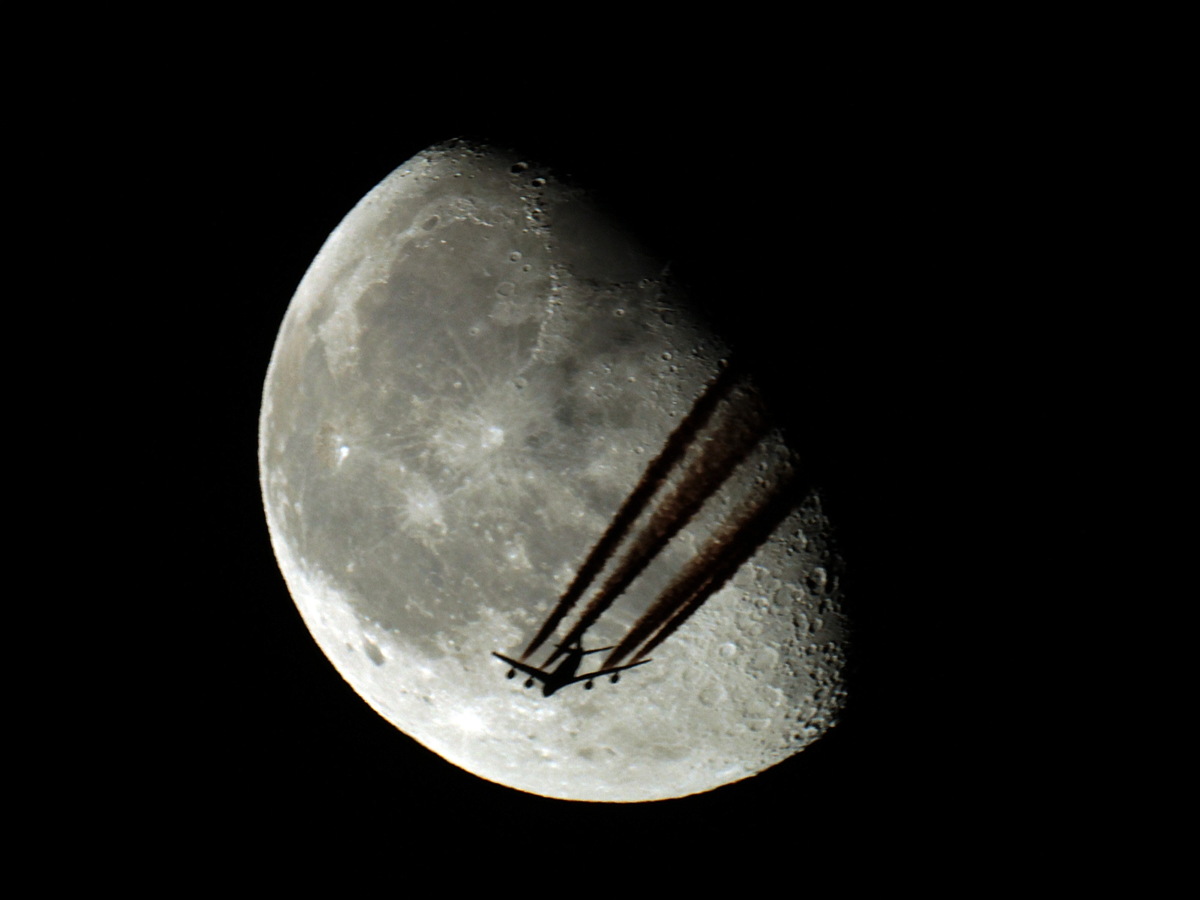
Thursday, March 27, 2014: Astrophotographer Pál Váradi Nagy sent in a photo of a plane crossing in front of the moon, taken March 22, 2014 from Kolozsvár, Romania, EU. He writes in an e-mail to Space.com: “[B]lur due to burst mode/mirror flipping.”
— Tom Chao
No Bulges Here
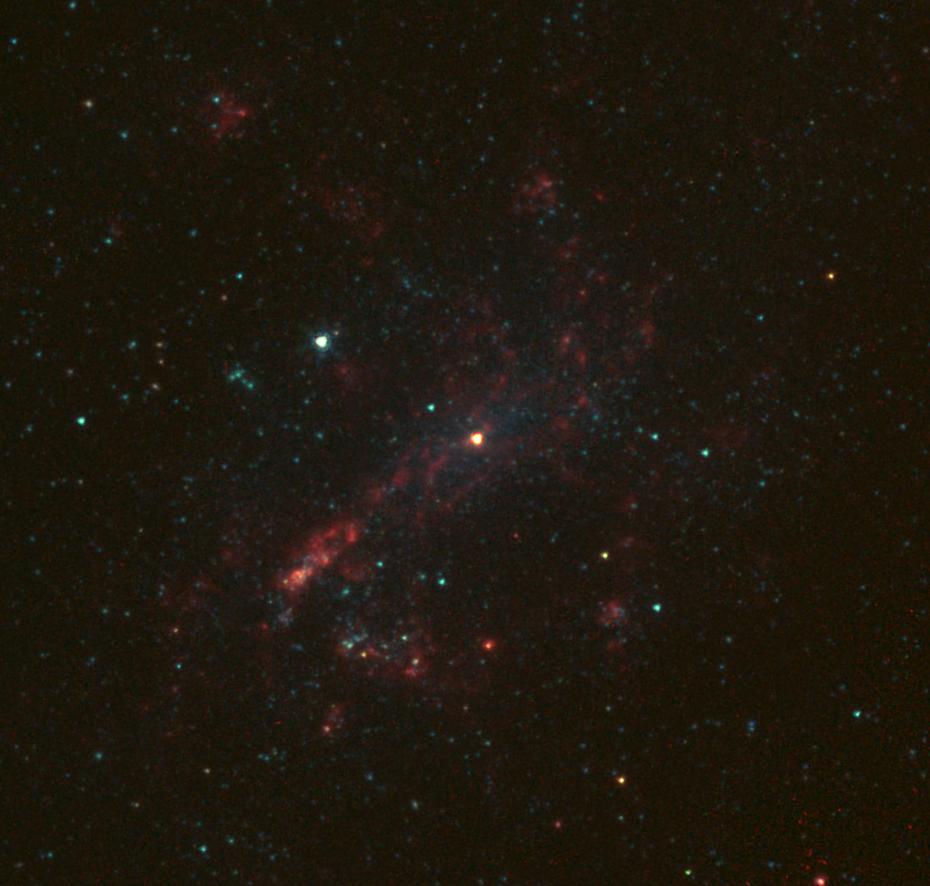
Friday, March 28, 2014: NASA's Spitzer Space Telescope captured galaxy NGC 4395 in infrared light, as shown here. This dwarf galaxy pales in comparison to our Milky Way galaxy, nearly 1,000 times more massive than NGC 4395. The galaxy has the appellation "bulgeless" because it lacks a large collection of stars at its center. Astronomers using NASA's Wide-field Infrared Survey Explorer (WISE), have found more evidence that bulgeless galaxies harbor supermassive black holes at their center, contrary to what previous theories have suggested. This image shows an actively feeding supermassive black hole residing in the galaxy's nucleus, as seen by the bright red source. The feeding supermassive black hole provides most of the infrared light coming from the galaxy's center.
— Tom Chao
Join our Space Forums to keep talking space on the latest missions, night sky and more! And if you have a news tip, correction or comment, let us know at: community@space.com.










